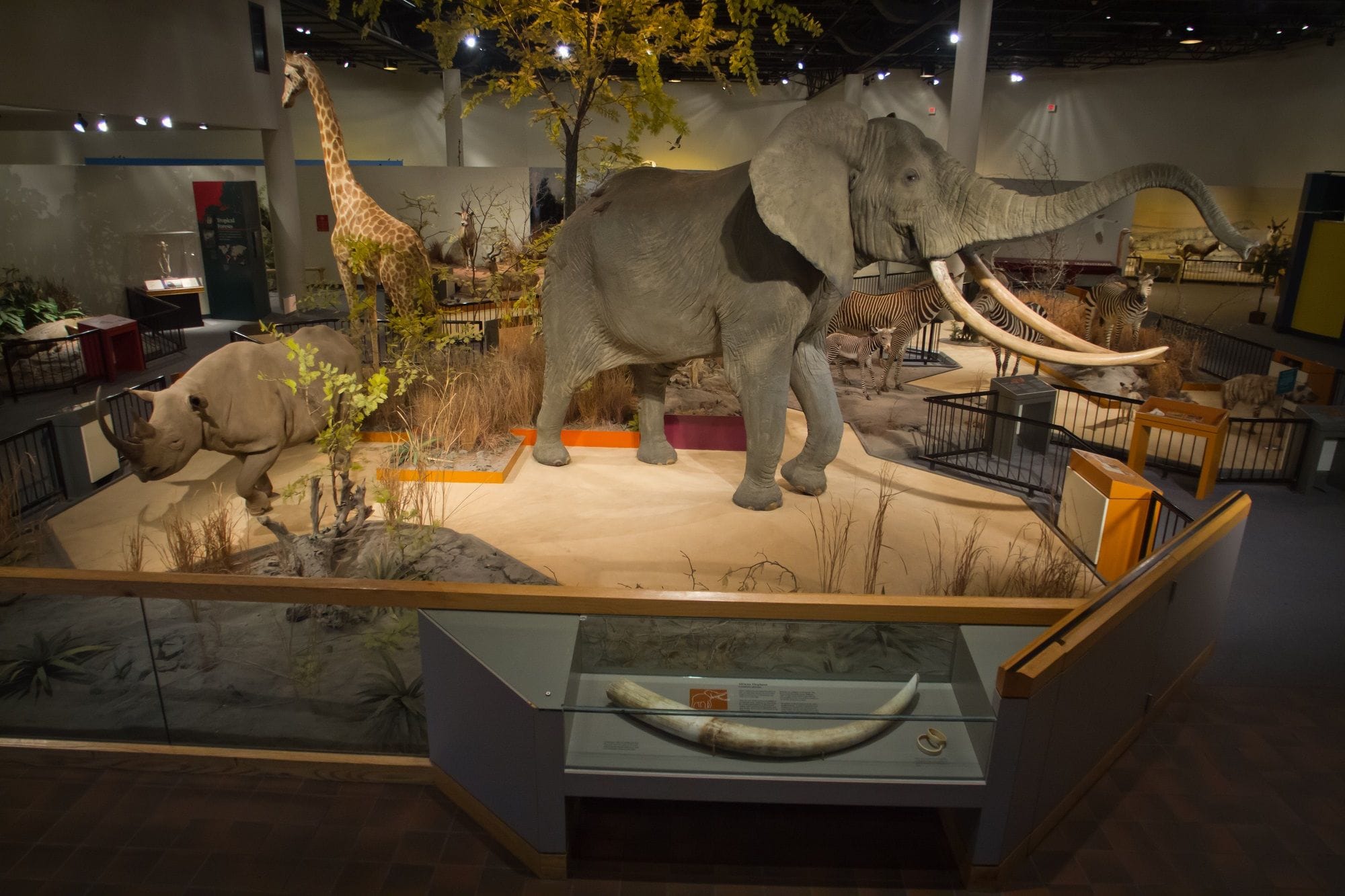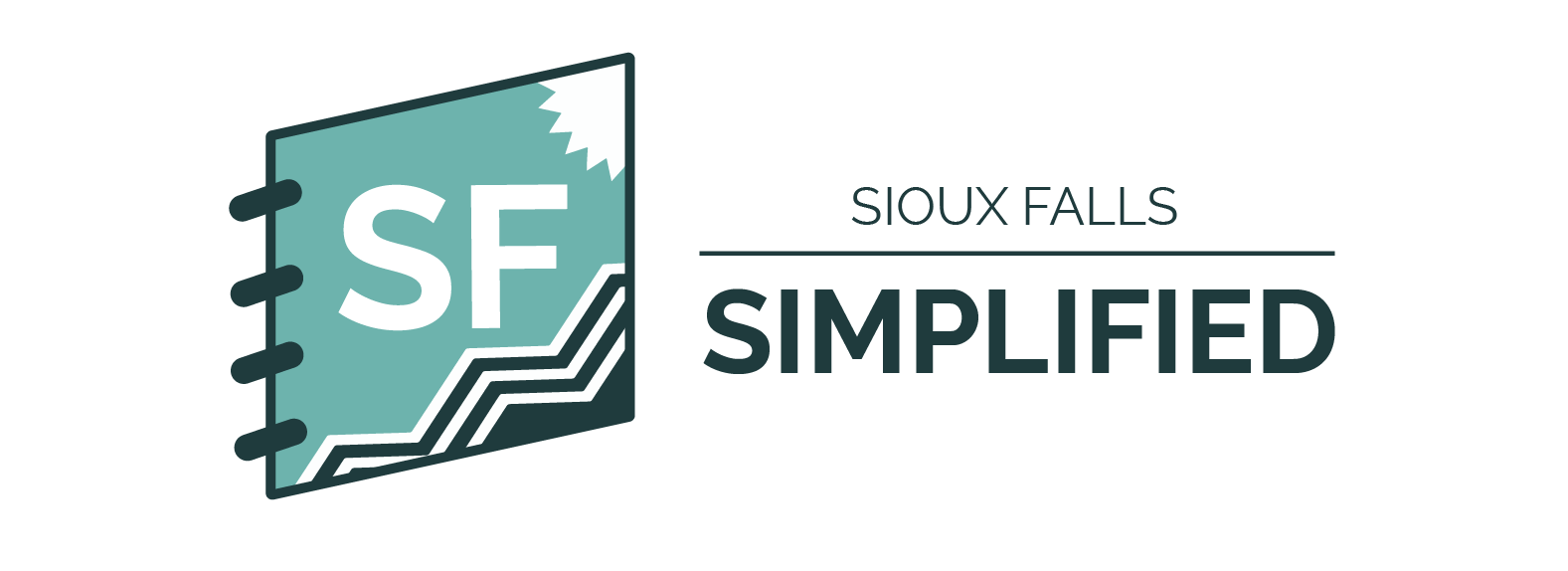Simplified: Most of the taxidermy animals at the zoo are in good condition, and nearly all are repairable, according to a consultant report presented to a work group Friday morning. Now, it's up to the city and the zoo to decide what it wants to do next.
Why it matters
- The city last fall closed the Delbridge Museum at the Great Plains Zoo after reports showed arsenic present in 70% of the mounts.
- A new report from A.M. Art Conservation now shows arsenic is not a valid reason to dispose of the taxidermy. The majority of the mounts are in good condition, and the consultants recommended to restore them and display them in enclosed glass casing.
- However, the required restoration, new habitats, glass casing and a building to display it all on the zoo campus would cost an estimated $7.2 million. Restoration alone is estimated to cost more than $850,oo0.
- Now, the city, zoo and work group must decide if it wants to pay that money or donate the collection to another nonprofit either in or out of state. Per state law, selling the collection is not an option.
"The collection isn't going to be destroyed," zoo CEO Becky Dewitz said Friday.
Tell me more about the report findings
The report looked at 183 specimen including the Brockhouse Collection and other specimen donated by others or collected by the zoo.
Overall, the findings were that Brockhouse had the mounts done by the top taxidermists of the day – Jonas Brothers Taxidermy (not these guys) – and it's expected that they'd have arsenic.
- Consultants also said testing during their visit to examine the collection did not show any problems with air quality – though best practice would be to enclose them fully in glass, Dewitz said.
In compiling the report, consultants and third-party taxidermy experts looked at each specimen to evaluate its condition, any fading, cracking, previous repairs, hair loss, pest infestations and more.
- They then used this information and an assessment of how accurately the mounts depicted the animals to assign a grade of overall quality.
Looking at the overall quality specimen themselves:
- About 36% were rated as "exceptional" or "excellent."
- Another 43% were rated as "good."
- The remaining 21% fell under the "fair" or "poor" quality.
What happens next?
Work group member Councilor Rich Merkouris suggested starting with a 90-day opportunity for other nonprofits to make their pitch for why they'd like the collection, how they'd fund repairs and display as needed.
- Dewitz noted that she's already seen interest from a couple of out-of-state groups.
- The work group also plans to seek help from consultants in reaching other potentially interested parties.
While the hope is to keep the collection together, work group members expressed an openness to any proposals.
If no interest is shown, it'll then be up to the work group, the zoo and the city to decide what to do and whether the $7.2 million price tag is attainable to keep the collection on display in Sioux Falls.


